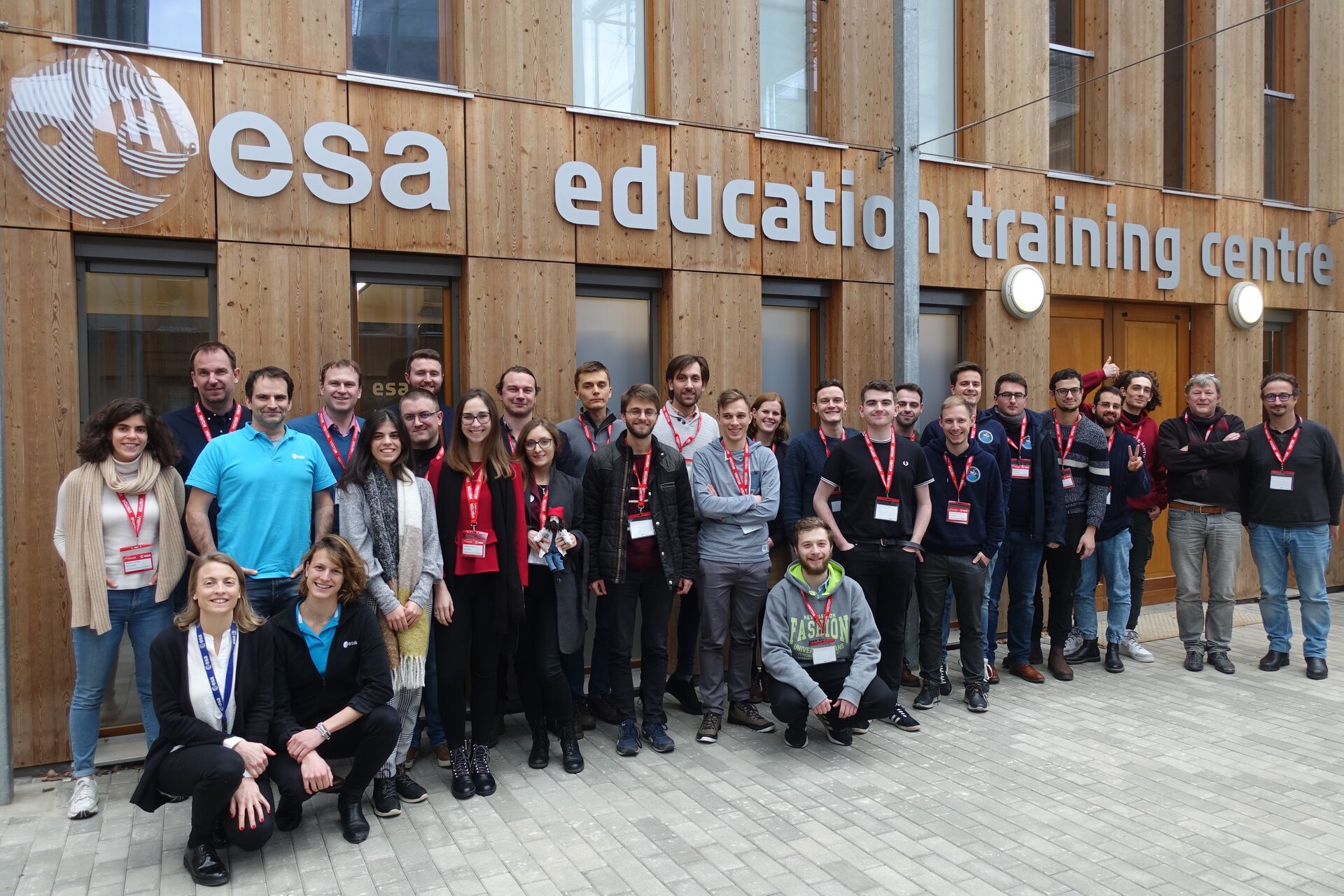A new cycle under Gravity
From the 28th to the 31st of January 2020, five student teams participating in the Spin, Drop and Fly Your Thesis! 2020 programmes met in the ESA Academy's Training and Learning Facility at ESEC-Galaxia for the Gravity-Related Experiments Training Week 2020.
These students, selected at the end of 2019, were provided with elaborate workshops and lectures. The teams got to know one another and their experiments a bit better during the week, and they learned why so many various research fields require altered gravity in order to conduct ground breaking science.
What are the 2020 gravity-related experiments?
Once again, the student experiments selected represent the wide diversity in the sciences and technologies that need altered gravity environments.
The programme Fly Your Thesis! 2020 will provide parabolic flights to two teams. The British team RELOX aims at monitoring electrolysis efficiency under different g-levels to investigate oxygen production for future manned space mission, and the German team AIMIS-FYT intends to develop a resin 3D-printing process based on UV-curing for space applications.
The Polish team Black Spheres selected for Drop Your Thesis! will analyse objects’ non-linear motion in microgravity conditions generated in the ZARM Drop Tower.
On the other side of gravity’s scale, the programme Spin your Thesis! is fully related to biomedical sciences. The Portuguese team ARTEMIS will study the impacts of hypergravity on the efficiency of gastro-intestinal permeability and drug delivery whilst the Italian team TOFU will investigate the effects of hypergravity on the binding of Tau-proteins to microtubules, trying to better understand the mechanisms of diseases such as Alzheimer.
In order to help the teams to reach their ambitious goals, a special recipe was coked up for this ESA Academy's Gravity-Related Experiments Training Week.
Step 1 - First contact with gravity
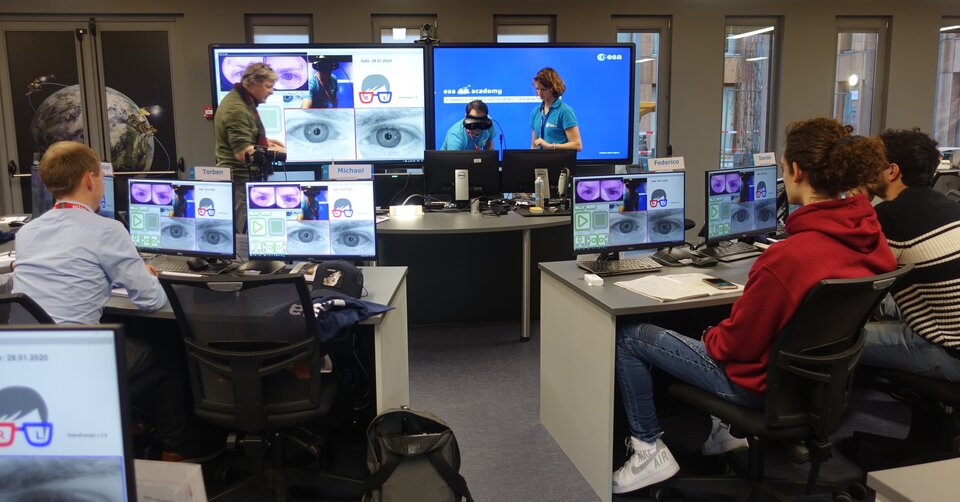
After an introduction to ESA and its activities, the workshop started with a lecture on the history of gravity, from Galileo’s discoveries to ESA future missions such as LISA, which will monitor gravitational waves with three satellites localised at Lagrange Point L1. Not all the students had a space-related background and this first glimpse of space activities raised their interest:
"The GREAT training week was a fruitful experience! […] Being able to be in the Space Agency and contact with space related matters was really a unique opportunity for us and aroused even more interest to the space science," commented a student from Artemis.
After such an inspiring way to initiate this week dedicated to gravity-related experiments, practical activities were carried out to demonstrate concrete examples of gravity in our everyday environment. The students had the opportunity to grow their own seeds in a simulated micro-gravity setup to alter natural gravitropism, monitor the effect of gravity on their own vestibular-ocular system and blood pressure.
Step 2 - Glimpse of advice from the platforms’ experts
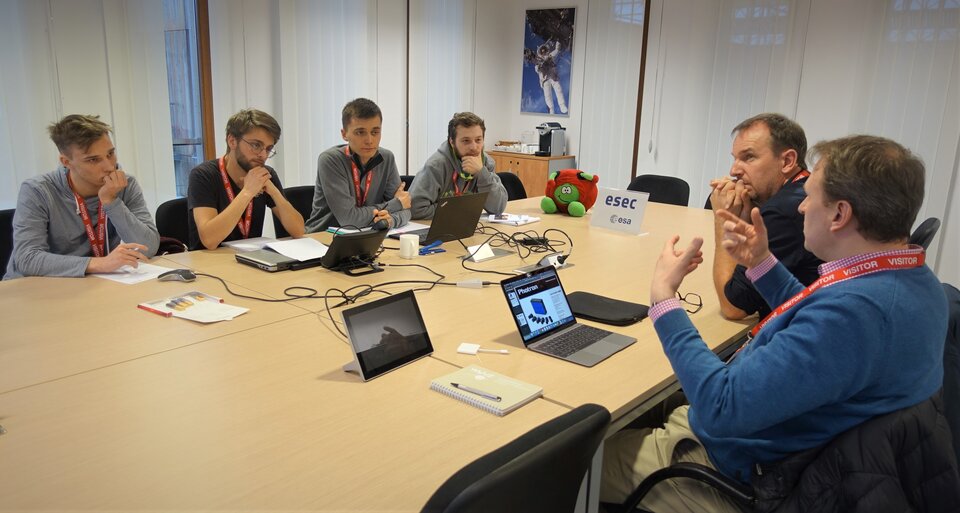
No one is better able to teach the students how to design experiments for specific platforms than the platform experts. Therefore, engineers and scientists working for the Large Centrifuge Diameter (ESTEC, The Netherlands), the Zero-G A-310 (Novespace, France) and the Bremen Drop Tower (ZARM, Germany) were invited to present their facilities and meet the teams. This prime contact sealed the first of numerous upcoming meetings as the students will also be in direct contact with these experts during the development of their experiment.
These face-to-face meetings enabled the teams to better frame their objectives and make early discoveries of the main technical challenges of their experiments. The sessions with the experts paid off, as students from Black Spheres and AIMIS-FYT remarked.
“All the lectures, training sessions and time with engineers were really well tailored to help define the project properly”.
“The experts shared a lot of helpful information in a very efficient way, which will help us a lot in the upcoming development process”.
In addition, former students who participated in last year’s programmes delivered presentations on their own experiences, thus giving precious lessons-learned on the challenges the new teams will face.
Step 3 – A touch of hands-on
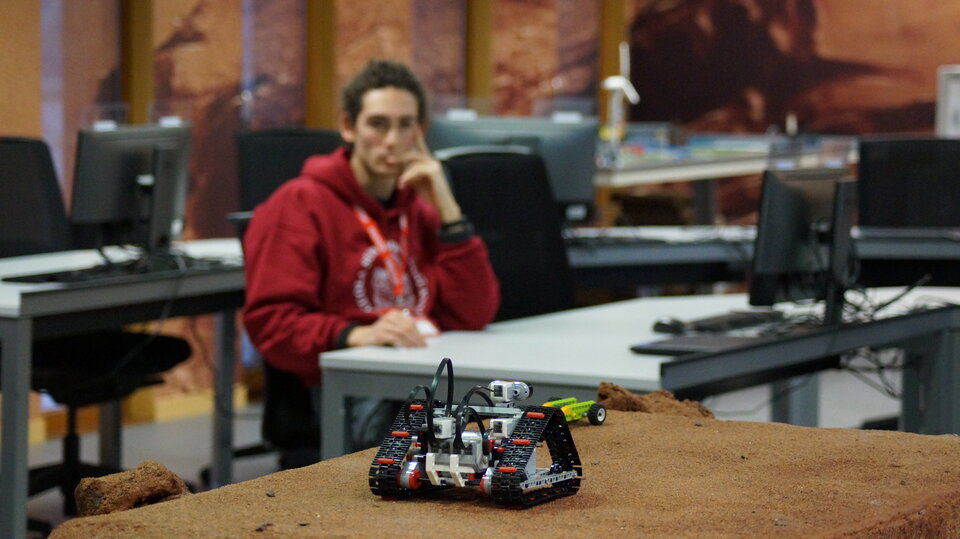
The development of an experiment set-up, whether for parabolic flight, drop tower or centrifuge, also requires at least basic engineering knowledge. Hence, interactive workshops on system engineering, 3D design and automation were delivered in order to help the students further develop their skills.
The aim of the system engineering workshop was to provide the students with enough knowledge on setting requirements to their experiments in accordance with ECSS standards, concepts that most students encountered for the first-time last week but are at the heart of all space-related projects.
In order to gain knowledge valuable for the design of their hardware, half of the students attended a workshop on SolidWorks, where they were taught the main rules of Computer-Aided Design. Finally, as for some platforms it will not be possible to manually operate the experiments during their execution, an automation workshop allowed students to learn how to implement automation techniques in experiments.
Step 4 – The final hint of organisation
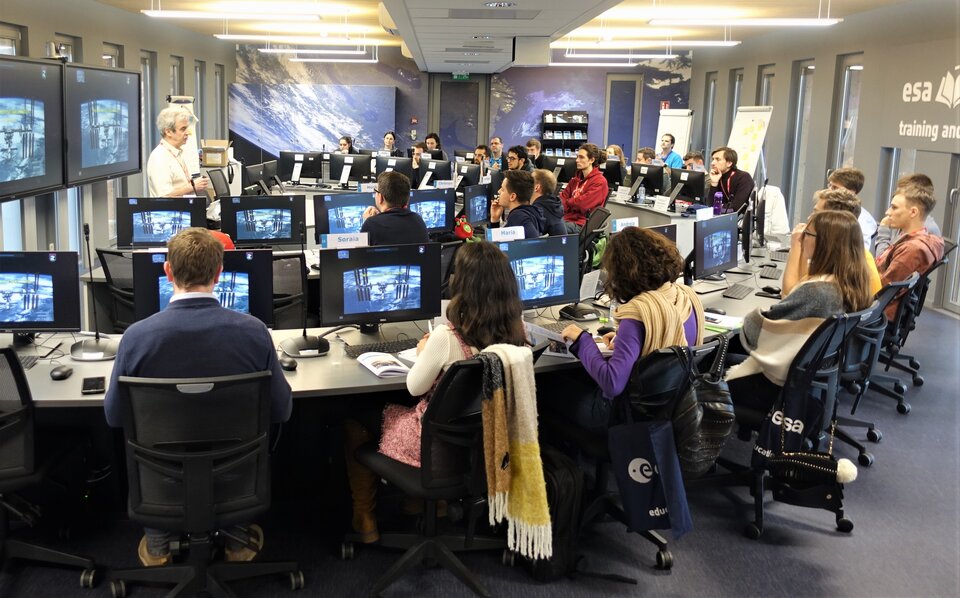
For most students, participating in a hands-on gravity-related project offers them a first encounter to a large project involving many stakeholders and external partners. Topics such as project and risk management, finances, documentation, communication and outreach were discussed in great length. Especially in times of pressure and stress, these aspects are often overlooked, when in reality they are crucial for good project completion. The message was well received by the team: “The lectures about how to manage relationships with stakeholders and the preparatory work before the campaign were fundamental", said one student from team TOFU. Said another, “The training week gave us the opportunity to acquire knowledge about how to manage our project successfully. In particular, what I really appreciated was the part dedicated to project communication because nowadays it's very difficult to sensitize people about scientific research".
The intense week ended with an engaging lecture by the French ESA astronaut Leopold Eyharts, who flew twice, to MIR and the ISS.
Now that the workshop is over, the teams are back home, motivated to pursue the development of their experiment. Besides preparing the team for the year ahead, the workshop was also valuable from an individual point of view, as summarised by another student from TOFU: "This experience will be one of the most crucial in my professional and scientific development. I've discovered and acquired plenty of tools about thinking, projecting and implementing research, all of which will be determinant in my future career."
Stay tuned for more news on these exciting projects!


